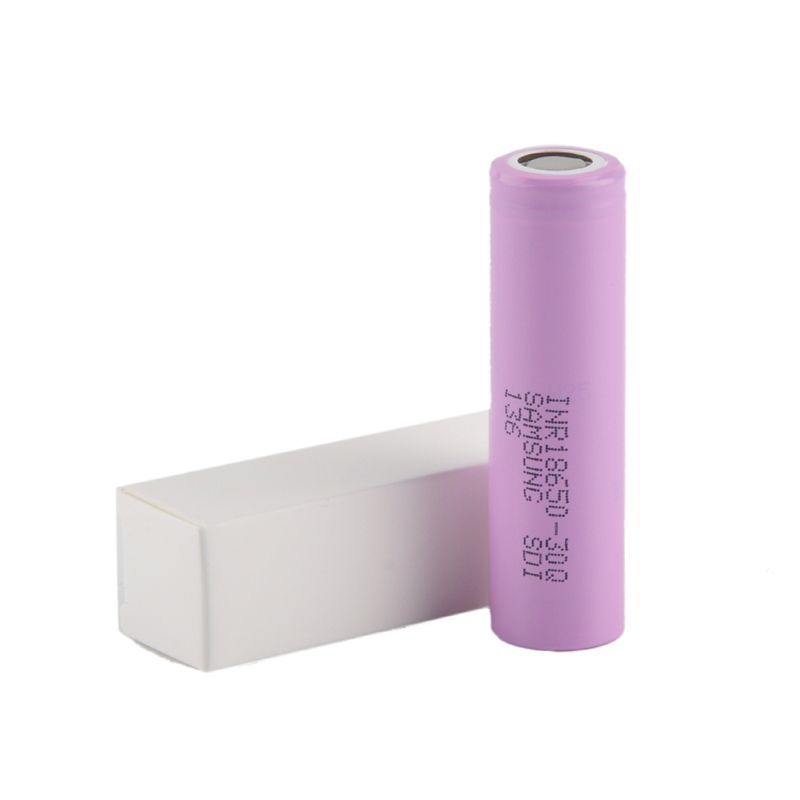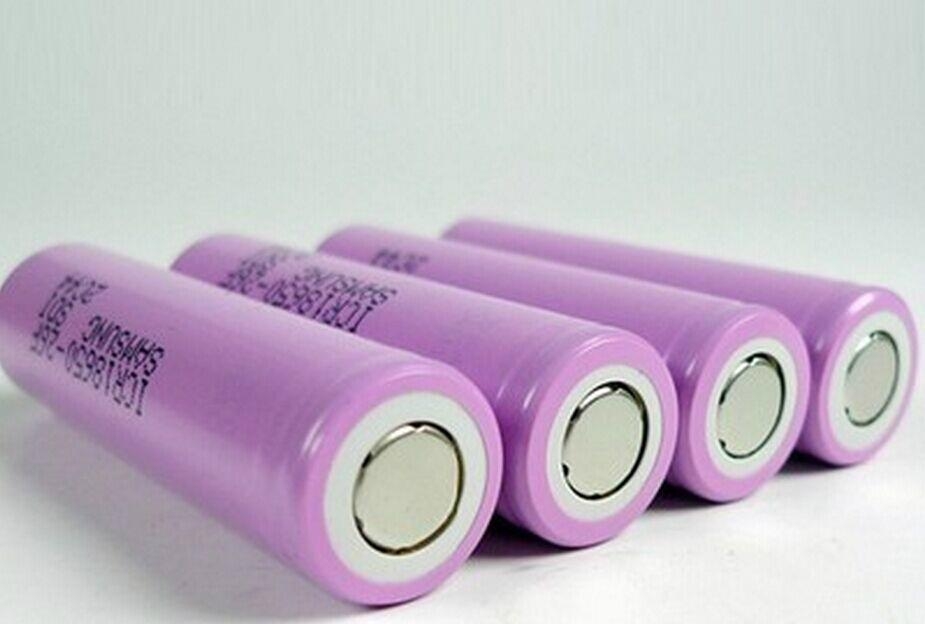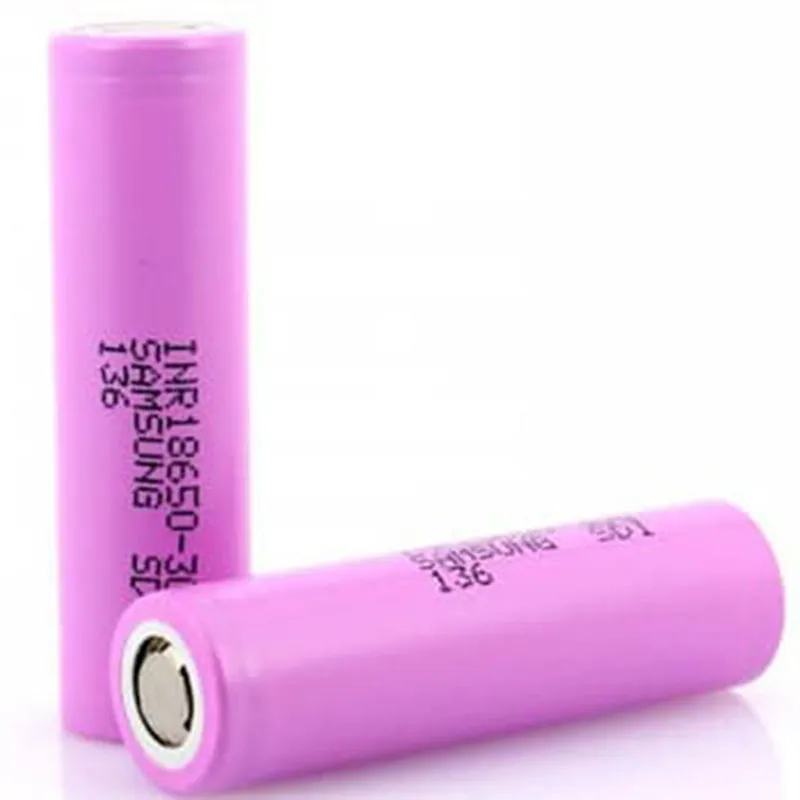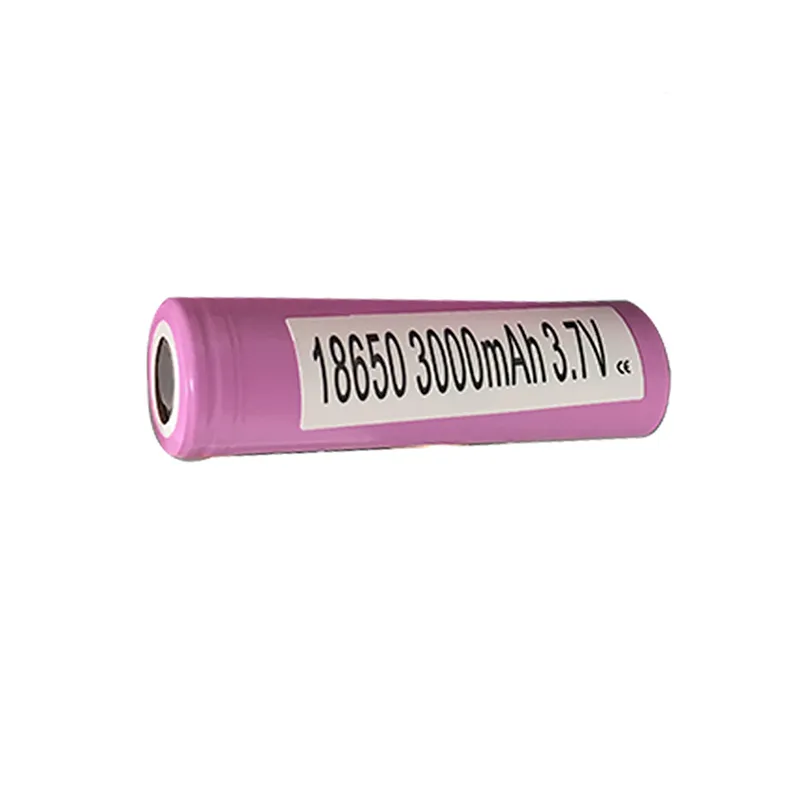Understanding the 18650 Battery Capacity Test Method A Comprehensive Guide
Understanding the 18650 Battery Capacity Test Method: A Comprehensive Guide
In the world of portable power, the 18650 lithium-ion battery has become a staple due to its versatility and reliability. From powering electric vehicles to fueling small electronic devices, the performance of these batteries directly influences the efficiency and longevity of the devices they power. One of the most crucial aspects of evaluating battery performance is understanding its capacity, which can be accurately assessed through a methodical testing process. In this article, we will explore the 18650 battery capacity test method, providing insights into how it works and why it matters.
### What is Battery Capacity?
Battery capacity refers to the amount of electrical energy a battery can store, typically expressed in milliampere-hours (mAh) or ampere-hours (Ah). A higher capacity indicates a longer runtime for the device being powered. For instance, a 2500mAh battery can theoretically provide 2500mA of current for one hour before depletion. Understanding capacity is essential for consumers and manufacturers alike, as it informs purchasing decisions and product design.
### Why Test Battery Capacity?
Testing the capacity of 18650 batteries is critical for several reasons:
1. **Quality Assurance**: Manufacturers want to ensure that their batteries meet specific standards before they reach consumers. Testing helps in identifying any manufacturing defects or deviations from intended specifications.
2. **Compatibility**: Different devices require different amounts of energy. Knowing the capacity of a battery allows users to choose the right battery for their devices, ensuring optimal performance and safety.
3. **Performance Evaluation**: Over time, a battery's capacity can degrade due to factors like cycle life, temperature, and discharge rates. Regular testing helps in tracking performance degradation, which is vital for applications where reliability is crucial.

### How is the 18650 Battery Capacity Tested?
#### 1. Equipment Needed
To conduct a capacity test, certain equipment is necessary:
- **Battery Tester or Electronic Load**: This device can discharge the battery at a controlled rate, simulating real-world usage.
- **Multimeter**: Used to measure voltage and ensure the proper operation of the battery during testing.
- **Temperature Control**: Since temperature can impact battery performance, maintaining a controlled environment is essential.
#### 2. Testing Procedure
The capacity testing procedure generally involves the following steps:
- **Preparation**: Before testing, ensure the battery is fully charged using a compatible charger. This step is crucial to obtain accurate capacity readings.
- **Setup the Testing Environment**: Place the battery in a controlled environment where temperature and humidity can be maintained. Ideally, the test should be conducted at room temperature (20-25°C).
- **Discharge Cycle**: Connect the battery to the electronic load or battery tester. Set the discharge rate—commonly at 0.5C or 1C (where C is the battery's nominal capacity). This mimics real-life usage patterns and helps in obtaining reliable data.
- **Monitoring**: During the discharge process, continuously monitor the voltage and current. This data will be vital in calculating the actual capacity. The test continues until the battery reaches its cutoff voltage, typically around 2.5V to 3.0V.
- **Data Analysis**: Once the test is complete, analyze the discharge curve to determine the total capacity by integrating the area under the curve. The result is expressed in mAh, completing the capacity evaluation.
### Conclusion

The 18650 battery capacity test method is an essential procedure that ensures the safe and efficient operation of devices powered by these batteries. Understanding how capacity is tested not only aids manufacturers in maintaining quality assurance but also equips consumers with the knowledge needed to make informed decisions about their battery purchases. As technology continues to advance, thorough testing and quality protocols will remain crucial, ensuring that the devices we rely on every day perform at their best. By understanding battery capacity testing, we empower ourselves to select products that align with our needs, ultimately enhancing our experience in an increasingly battery-dependent world.

